What to Know, When to plant, & How to Do It!
Spring is coming. Can you feel it in the air? If you’re planning to grow food and annual flowers in your garden this spring and summer, the time to begin thinking about it is now. Starting transplants from seeds is an economical way to fill your garden beds with the tomatoes, peppers, greens, zinnias, marigolds and other produce and flowers you love.
When to begin?
The time to start seedlings indoors depends on plants’ individual growth rates and the recommended dates in your area for putting plants in the ground. To figure the seed-starting date, start with the recommended planting time, calculate the plant’s germination and growing time (often noted on the seed package), and count back the required number of weeks to reach the date for starting the seeds.
For example, to grow seedlings of a warm-season flower like zinnias in Middle Tennessee, plan on putting transplants in the ground after mid-April, the area’s last average frost date. The approximate growing time for zinnia seedlings is about 4-6 weeks, so you can sow zinnia seeds indoors early- to mid-March. Tomato seeds, another warm-weather favorite, can be sown in flats indoors 5 – 7 weeks before it’s time to transplant, so we can plan on starting them early in March.
To start cool-weather vegetables indoors, begin much earlier. For example, some leaf lettuces can be started indoors 4 weeks before the soil outdoors can be worked; bigger, tougher cool-season favorites like broccoli and cauliflower need 5 to 7 weeks to reach transplanting size.
Here’s the how-to
A plastic seed-starting tray with a cover, peat or coir pots or seed-starting kits make the job easier, but you can use almost any container that can have drainage holes punched in the bottom: paper milk cartons, cardboard egg crates, tin cans or plastic tubs are common choices.
One secret to success is the soil. A light potting mix ensures that growing roots won’t have to struggle to reach needed water and nutrients. Special seed-starting mixes are available, but the potting mixes made for African violets and other houseplants may be suitable. Soil from the garden is too heavy for indoor seed-starting, and no doubt contains weeds or bacteria that could harm fragile sprouts.
Fill the tray or containers with soil, then use a pencil to poke small, shallow holes in the potting mix, drop a seed in each hole and cover it lightly — as a general rule, no more than four times the diameter of the seed. If you are using a sectioned planting tray, plant one or two seeds per section.
Water the planted containers until the soil is thoroughly moist; using a spray bottle to mist the soil ensures that the seeds won’t be dislodged. Finally, cover the tray with clear plastic, or the plastic lid that comes with a seed-starting kit.
Light and water
Check on the planted seeds daily. The soil should not be allowed to dry out, or the delicate germinating sprouts will suffer. The tray likely will require daily misting, but also remember that too much water could cause the seeds or the emerging sprouts to rot – a condition called “damping off.”
If you have a window that allows bright light into the room, that’s the place to place your seed-starting trays as seeds germinate. If no bright natural light is available, then supplemental light is a must. A plant light over the tray, set on a timer to turn on and off regularly each day, assures that the emerging shoots receive the amount of light they need to grow well – usually about 14-16 hours a day, with the light placed 6 to 12 inches above the tray.
And here’s a surprise tip from seasoned indoor-seed-starting gardeners: a small fan that provides a gentle breeze around the tray for a little while each day helps strengthen the plants’ stems as they grow.
Next steps
Seedlings likely will need to be moved into larger pots as their leaves and root systems continue to grow. They can be transplanted into peat or coir pots that can go directly into the ground when planting time arrives – in Middle Tennessee, that’s late February or March for cool-weather produce; mid to late April for summer vegetables and annuals.
Before planting, give transplants a chance to get used to the change in environment – to “harden off,” is the term gardeners use – by exposing them gradually to outdoor weather before planting them in the ground.
Ready to plant? Gardens of Babylon offers a large selection of vegetable, herb and flower seeds in the Garden Center and the Online Shop.
What we love
Here are some staff favorites for starting indoors:
1. Flower Mix Pollinator
2. Basil
3. Cat Grass – Have to have something for our shop cat, Diane, to munch on!
4. Moulin rouge sunflowers
Raised Bed Kits in 4×4 and 4×8 + Seed Starting Supplies (Coco Coir Pots, Crimson Clover)
Don’t forget to test your soil to find out which amendments your garden desires! We have at-home test kits available or check out UTK Ag Extension for a more in-depth soil analysis.


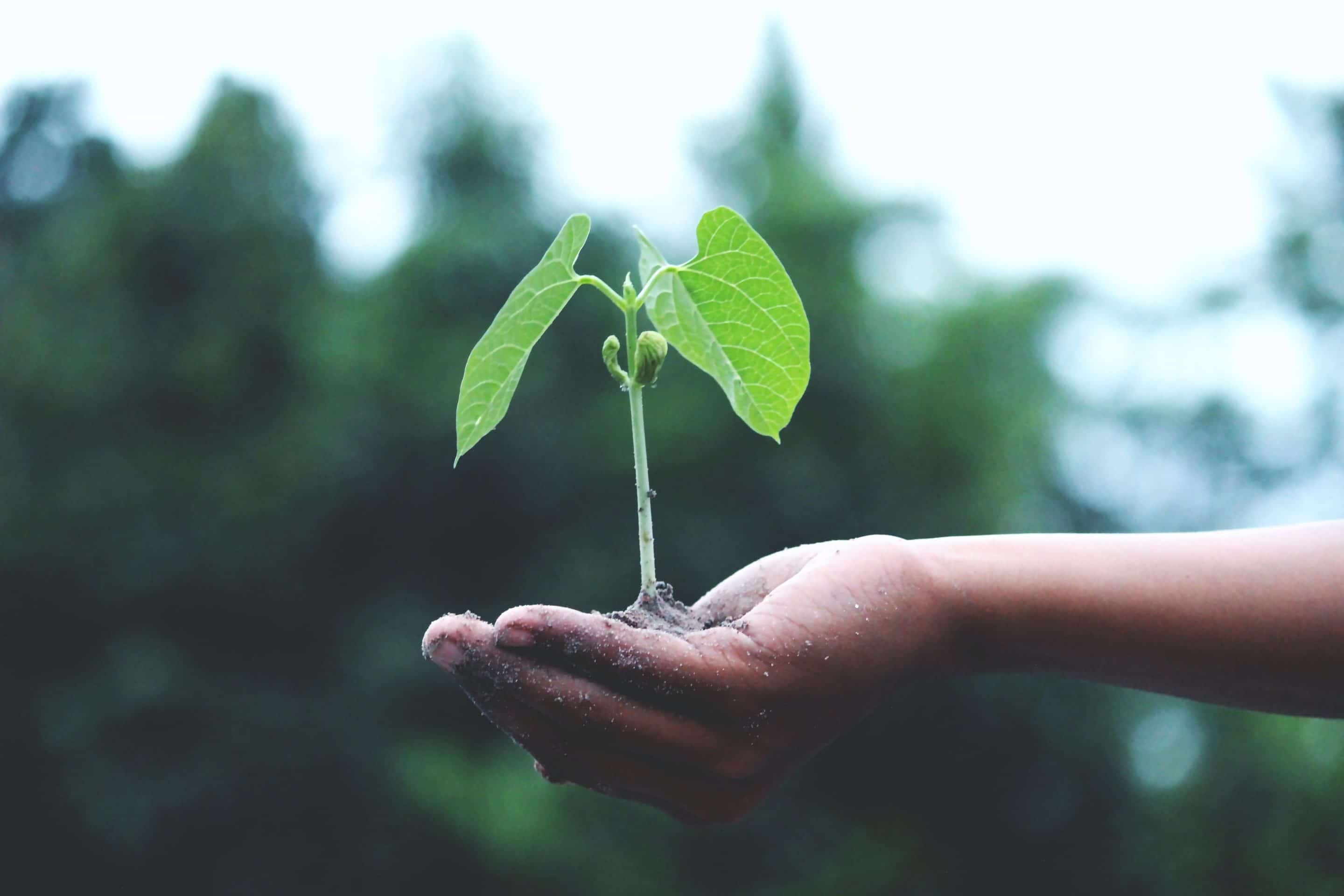
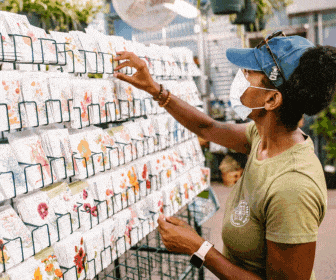
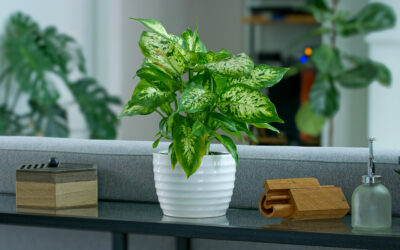
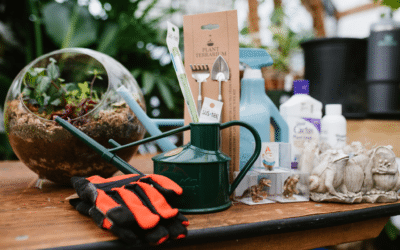
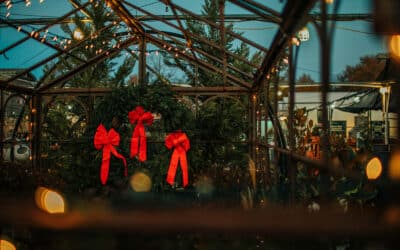
0 Comments